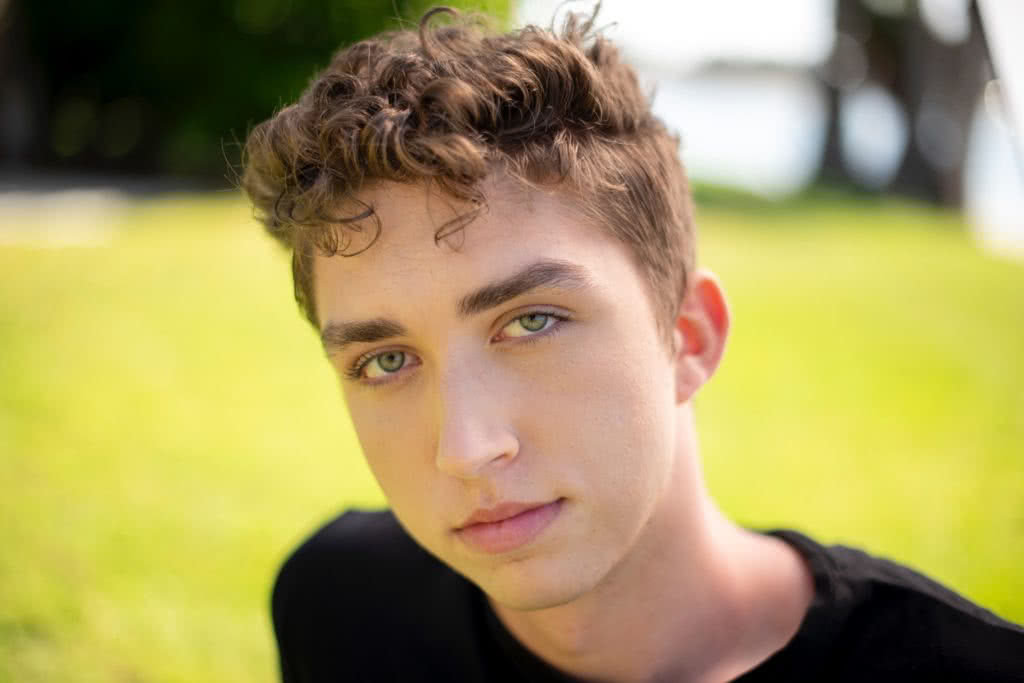How Adolescent Anxiety Is Different From What We Experience As Adults

Despite the fact that teens so often look, and can act, like adults, it is easy to forget how deceiving looks can be. While teens may be fully mature in stature, they are neither physiologically nor psychologically mature. A popular description is repeated in mental health circles that teens are children trapped inside adult bodies. Because they are of course still growing, adolescent anxiety is fundamentally different from the anxiety we experience as adults.
The differences between adult and adolescent anxiety have much to do with how fast adolescents are changing, and the sequencing of their brain development.
To put it in computer terms, the adolescent years are when the brain undergoes a massive updating of its operating system, with the prefrontal cortex (PFC) being the last to fully come online. Due to the back-to-front sequencing of neural development, teens operate without the benefit of a fully functioning PFC well into the early stages of adulthood.
The PFC is the area of the brain responsible for the executive functioning of our brains, and includes:
- Ability to balance short-term rewards with long-term goals
- Impulse control and delaying gratification
- Modulation of intense emotions
- Shifting/adjusting behavior when situations change
- Foreseeing and weighing possible consequences of behavior
- Simultaneously considering multiple streams of information when faced with complex and challenging information
- Inhibiting inappropriate behavior and initiating appropriate behavior
- Forming strategies and planning
- Organizing thoughts and problem solving
- Focusing attention
- Considering the future and making decisions
In other words, the part of the brain that has the capacity to name and label emotional experiences (insight, awareness, self-reflection), as well as make planful decisions about thoughts and behavior, is the lastpart of the brain to develop. And this is wellafterfull emotional sensitivity comes online.
One of the consequences of this developmental sequencing is that they may not have the words to describe their experience of adolescent anxiety.
Being unable to describe or talk about what they are experiencing can actually exacerbate adolescent anxiety, in that it reinforces the misconception that our feelings are out of our control. When we feel out of control, or that something is happening to us, anxiety is commonly provoked and exacerbated, whereas the opposite is true as well. The more control we feel, the less anxiety we experience, according to science.
Understanding and labeling our experience is one of the fundamental differences between how we, as adults, experience anxiety and how teens do. It can also put teens at a disadvantage in dealing with their anxiety.
That is because naming, talking and thinking about how to constructively use anxiety might be one of the most important ways to begin gaining control of it. Teens tend to struggle with this – sometimes a lot – because their PFC is still developing.
Another way the physiological changes teens are going through can cause their experience of anxiety to be different from that of adults is that teens need more sleep. In fact, the national sleep foundation calls sleep food for the brain and many teens simply do not get enough.
Even for adults, sufficient sleep is necessary to use anxiety positively. And a lack of it causes fatigue, confusion, tension, and total mood disturbance.
Like with sleep, teens can struggle with getting adequate nutrition as well. The lure of sugar, caffeine, processed foods, and even alcohol is irresistible to many teens (and many adults too).
The challenge with these types of foods is that they can wreak havoc on our blood sugar, arousal circuits, and metabolism; these in turn impact our brains and our ability to regulate our bodies and emotions. Our diets can powerfully influence anxiety regardless of age.
Unfortunately, eating healthily – especially for teens – is a whole lot easier said than done. It’s not always a nutritional or educational issue – many of us knowwhat we’re supposed to eat. It’s a behavioral one.
Former Cornell professor Brian Wansink has shown that much of our eating is preconscious, if not wholly unconscious. Even for adults with fully developed cognitive skills, exerting discipline over our food choices can be challenging.
The key to a healthy diet, especially for teens, might have more to do with their immediate environment than their emerging self-awareness and discipline. As teens develop more independence and responsibility for their dietary choices, their access to “junk food” tends to increase as does their risk for poor nutrition and the increased anxiety that can go along with it.
The differences between adolescent anxiety and the anxiety we experience as adults can be best understood in light of their maturation process and developmental sequencing. With emotional sensitivity being “upgraded” before cognitive controls are, the adolescent experience of anxiety can be intense, disruptive, and at times fleeting. Much like the experience of everything at this stage of life, adolescent anxiety reflects the updating process the brain undergoes during this powerful stage of life.
Looking for more help in understanding adolescent anxiety? Check out my book Hack Your Anxiety full of ways to take control of anxiety from years in the trenches and the latest science, along with two chapters dedicated to support and parenting. Or post a comment here to continue the conversation.
Photo by Griffin Wooldridge on Unsplash